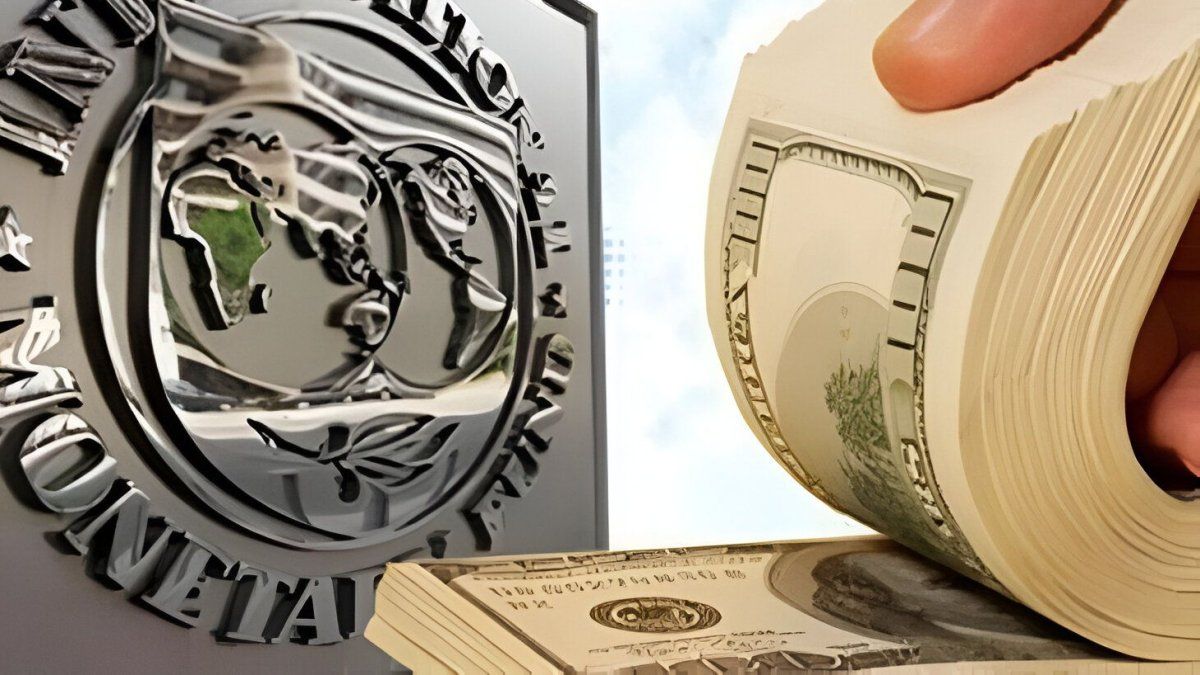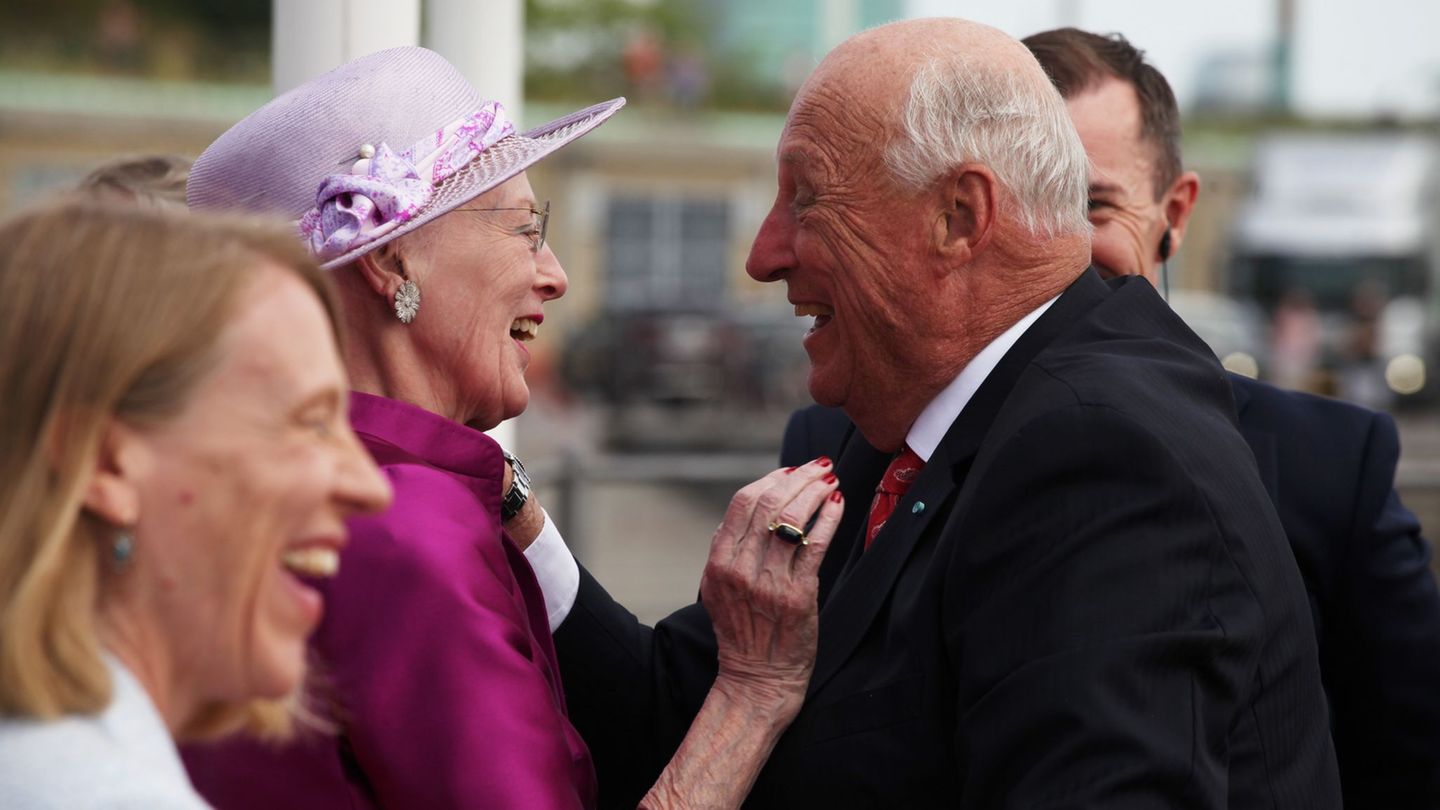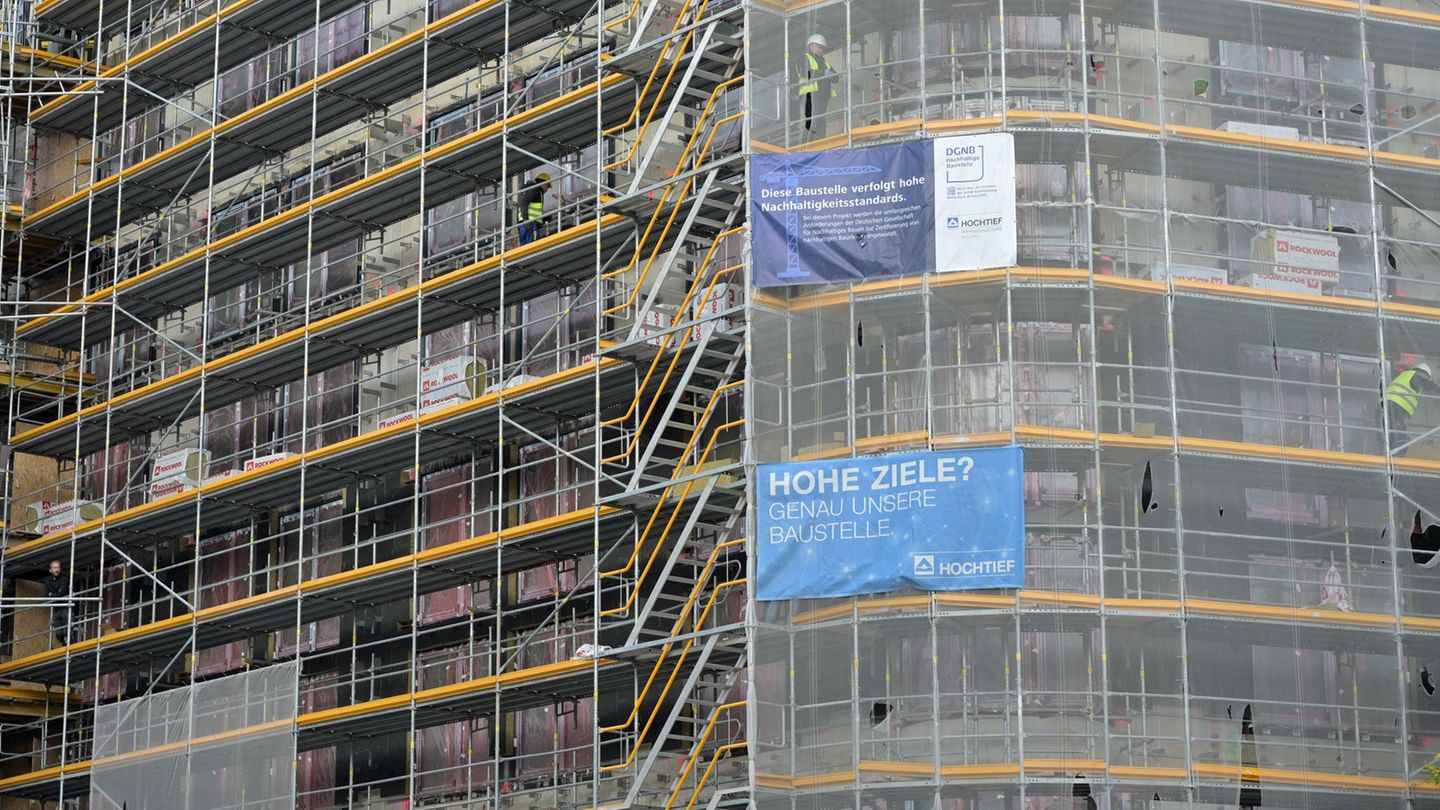For many months, most economists agreed that the price of the dollar was extremely late, a key factor when explaining the deterioration of external accounts. After the settings that the “green ticket” had from July, the debate already generates more discord: Is the change rate of your “balance” level and what the International Monetary Fund (IMF) reaches only to look at the historical evolution of the real price to ensure that we are, or not, compared to a price that allows reducing the currency deficit?
This week, the official exchange rate closed in $ 1,424.504% below the roof of the band (today at $ 1,482.20). Given the strong demand for coverage in “hard” currency, in a situation of free flotation, the value had already drilled said stop.
However, with the national legislative elections just around the corner, The economic team activated all the tools at hand to contain the wholesaler within the range established by the exchange scheme. This battery included both Treasury sales in the market -free market and intervention of the Central Bank (BCRA) via future dollar sale and dollar linked titles.
The real price of the dollar climbed 16% since July: is it close to the “balance”?
Even so, since July the real multilateral exchange rate (TCRM), which compares to the price of the dollar in Argentina with that of its commercial partners, already increased 16%. Thus, it is located at its highest level since March 2024.
Although so far the government of Javier Milei is the one that had the most appreciated exchange rate, on average, the current value of the dollar It is already slightly superior to the average of Cristina Fernández’s second mandate. It is also dimly behind the levels of Alberto Fernández and Mauricio Macri, although still far below those seen during Nestor Kirchner’s mandate and Cristina’s first management. Compared to the average post convertibility, the real price of the currency is 18% below.
“One of the great questions of the future economic program is the level of the exchange rate compatible with the accumulation of reservations,” said the CP consultantwhere he asks “What real exchange rate does the IMF want?”, Referring to the historical demand of the agency to swell reserves.
“Yesterday I heard someone say that the exchange rate has to be 30% higher. That would be equivalent to the value we had when Macri devalued in September 2018 and after the 2019 step, or when Milei assumed. It seems very high and I think that is a roof,” he said about it Federico Berninieconomist from the Interdisciplinary Institute of Political Economics (Iiep) of the UBA.
For the specialist, the current value “is not necessarily bad”, but the “political noise” presses so that it has to rise. “With 20% or 25% increase would reach to balance the current account, although over time perhaps up to a little less due to the expected development for energy and mining, and the income of currencies that this would generate“He said in dialogue with Scope.
For its part, Gabriel Caamañodirector of the Outlier consultant, does not see that the TCRM series is the best parameter to measure the competitiveness of the Argentine economy. Even so, he stressed that “while a few months ago the profitability of sectors such as agriculture, energy or mining was extremely limited, today that has improved.” “It may still be missing, but the most important thing is that profitability does not fall again“He deepened.
A priori, it could be said that today’s real exchange rate has already moved away from the level of periods with strong deficit In the exchange of goods and services, such as the first three quarters of 2023 (the dollar was, at today’s prices, about $ 1,370), all of 2017 and the first half of 2018 (with a dollar at $ 1,300), the second half of 2015 (with a dollar at approximately $ 1,130) or at the beginning of this year.
Debt pressure on the exchange rate necessary to balance external accounts
However, it is worth clarifying that this balance depends on multiple factors, such as economic activity, salary level, international prices or self -supply promotion policies (the latter very clear in the energy sector), among others. Besides, Debt matches are an element that forces to have a more favorable current account that in the event that there were no obligations with the creditors.
In this regard, the CP director, Pablo Moldovanremarked this means that “to a large extent, the magnitude of the exchange adjustment required to accumulate reservations will be partially conditioned by the possibility of accessing financing for public debt payments in dollars.” “Less financing will be synonymous with a larger exchange and real exchange adjustment“He warned.
Along the same lines, the macroeconomist added that “the scenarios are different, if we assume that the contribution of private debt is supported or reversed”, while highlighting the role of the purchase of currencies by “human people” and “the scheme of regulations that are thought for that item after the elections.”
In summary, the exchange rate ceased to be “backward”, but still looks insufficient to meet a thriving demand, given the proximity of bulky debt maturities. From now on, for the government they will be key tasks to clear the financial uncertainty and avoid a new delay that incubates a sudden future devaluation, with its already known negative impacts on real income and poverty.
Source: Ambito




